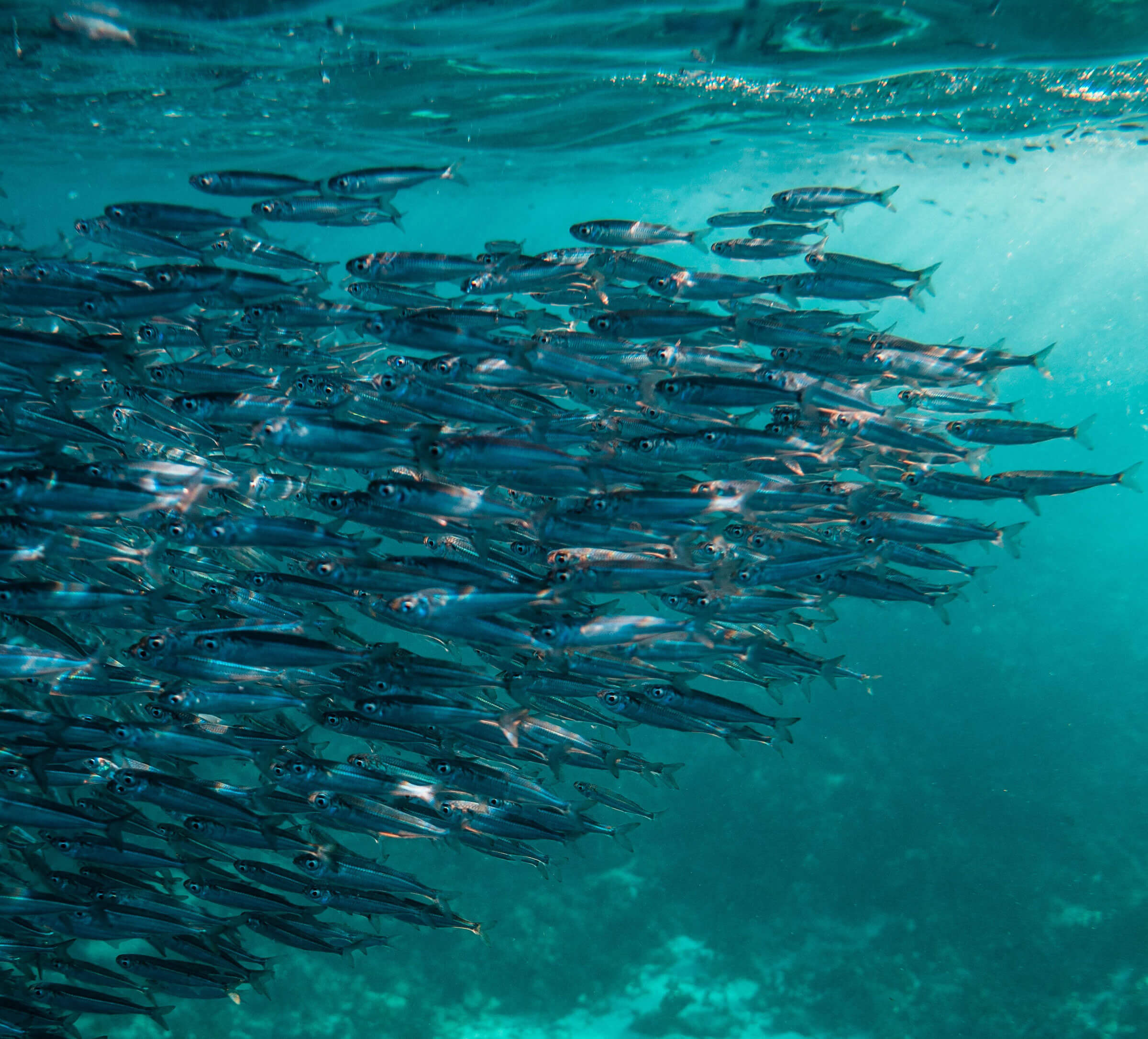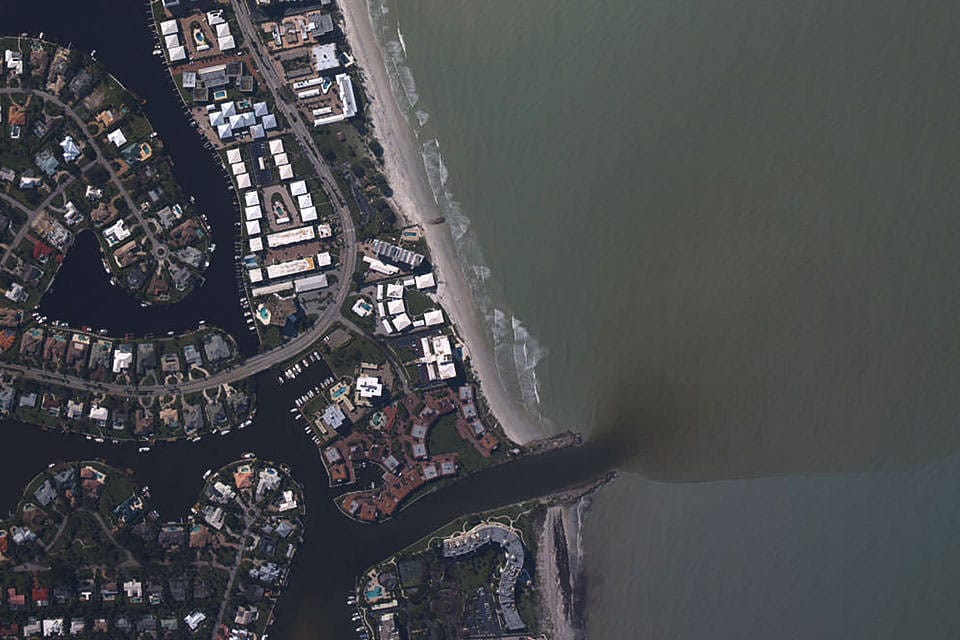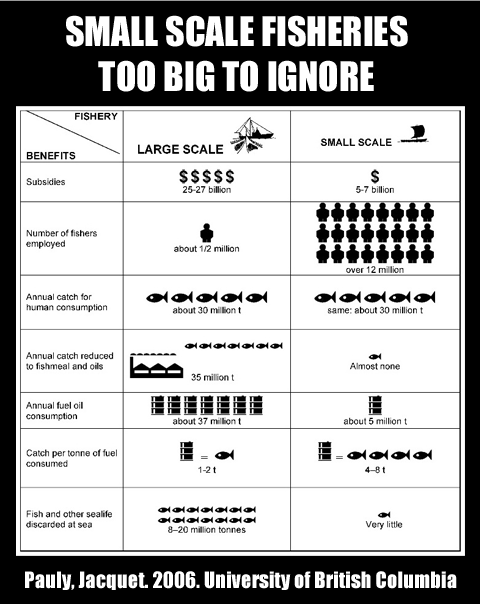Non-Fishing Impacts
Humans and the Environment
Human activity unrelated to fishing is taking a toll on marine ecosystems. Climate change, land-based pollution, and offshore drilling have put immense pressure on fish and fisheries, and also have a human cost. NAMA advocates for marine policies that connect the dots between these complex threats, approach solutions holistically, and address root causes.
Share this post

The Problem
One of the ocean’s biggest foes is climate change. It has unleashed a many-edged sword, including warmer, more acidic waters. Rising ocean temperatures are driving the world’s fish away from their habitats and toward the poles. In addition, fewer fish may reach breeding age as the warmer water changes the timing of breeding seasons and food availability. As the ocean absorbs 30 percent of carbon emissions from the atmosphere, it has also grown more acidic. That’s bad news for the bottom of our food web. Some species now have trouble forming their shells, including the tiny snails that salmon, herring, and other fish depend on.
 (Source: NOAA)
(Source: NOAA)
Land-based pollution is another offender. Around 80 percent of ocean pollution stems from human activity on land, including from factories, vehicles, agriculture, mining, and logging. Stormwater draws pollutants from these sources into a toxic slurry of chemicals, fertilizers, waste, plastics, and sediment that drains into waterways and winds up in the ocean. Fish then absorb these toxins, including PCBs, dioxins, and pesticides. When you eat contaminated fish, over time the toxins can build up in your system and can lead to health problems.
Offshore activities, like oil and gas drilling and fracking are other dangers to marine life. In addition to habitat destruction, pollution abounds. In regions with oil and gas drilling, humans and animals exposed to fossil fuel chemicals are at risk of fertility and developmental issues. Fracking is the filthy process of blasting chemicals and water into the seafloor to break up rock to release oil and gas. Surrounding ecosystems absorb the toxic waste. In the Gulf of Mexico, for instance, each frack releases about 21,480 gallons of fracking waste.
Activities close to shore are not innocent, either. Coastal development, both industrial and residential, damages nearshore habitats, estuaries, and marine animal populations.
The Solution
The human threats to marine ecosystems are vast. We know there is no cure-all or short-term solution.
One thing we can say for sure is that solutions have to connect the dots. They cannot be made in a vacuum if there is any chance of succeeding. For that to happen, decision-makers must zoom out to examine the issues holistically and get a clearer grasp on how the issues together compound damage to marine ecosystems, people, and communities.
In fisheries management, decision-makers should account for non-fishing impacts so community-based fishermen do not shoulder the blame each time a fish species declines. These fishermen have been an easy target to justify non-fishing policies that harm marine ecosystems. In reality, community-based fishermen are proven to be the best stewards of their local marine ecosystems. They must be a leading voice at the decision-making table.
Additionally, decision-makers must take a holistic approach to managing marine ecosystems. Too often, the strategy has been to save a single species, which ends up harming other species in an ecosystem and creating an imbalance. Lawmakers must also consider how policies affect the people who bear the burden of the changes. For instance, “ecosystems protection” has sometimes been used to justify removing coastal fishing communities, and it has disproportionately affected communities of color.
NAMA doesn’t have all the answers, but we are working on many fronts for solutions, including on grassroots campaigns, policy work, and advocacy in and beyond our network. We are also working to support habitat restoration and protection through state and federal programs. The fishermen we work with are proudly dedicated to protecting marine habitats and ensuring their fishing methods have the least damaging environmental impacts.

